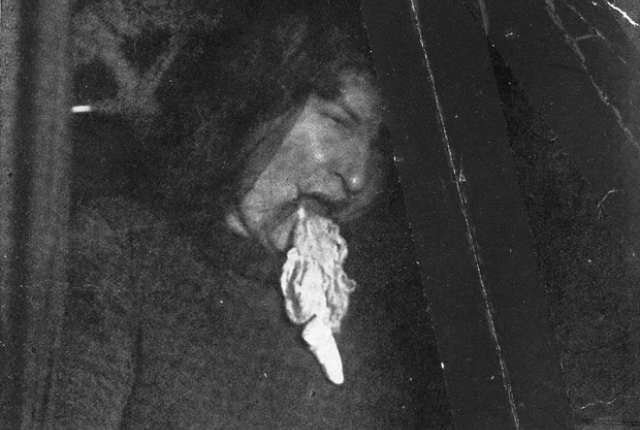Since at least the early 1600’s and all the way to the earliest years of the 20th century, “sin-eating”, a rather macabre profession that arose from folklore legends and peculiar supernatural beliefs, was a common line of work across the rural areas of the British Isles. Grieving family members of the recently deceased would pay the village sin-eaters to rid their departed loved ones from all the sins they had accumulated during their lives, and the sin-eaters would then perform an eerie ritual that supposedly allowed the dead to enter Many people believed that a piece of bread or pastry, which was placed on the chest or the face of the dead person, was able to absorb all of the deceased’s sins: family members gathered around the corpse to drink ale and mourn, and a sin-eater would literally eat the sins of the deceased by consuming these funerary snacks. While eating, the sin-eater would recite a special prayer: “I give easement and rest now to thee, dear man. Come not down the lanes or in our meadows. And for thy peace, I pawn my own soul. Amen.” …. Damn. What’s funny about this profession of sorts, is that it was based in Christianity. Go figure. And to add to the insult, sin-eaters were those who not only enabled the souls of the dead to safely ascend to Heaven but also as those who prevented the sin-plagued dead from returning to Earth in spectral form as ghosts or wraiths, they were usually shunned from their communities and forced to live in isolation. Let’s give props to the last known Sin -Eater, Richard Munslow. Died in 1906 with all those sins swallowed. Rest in peace sir.



